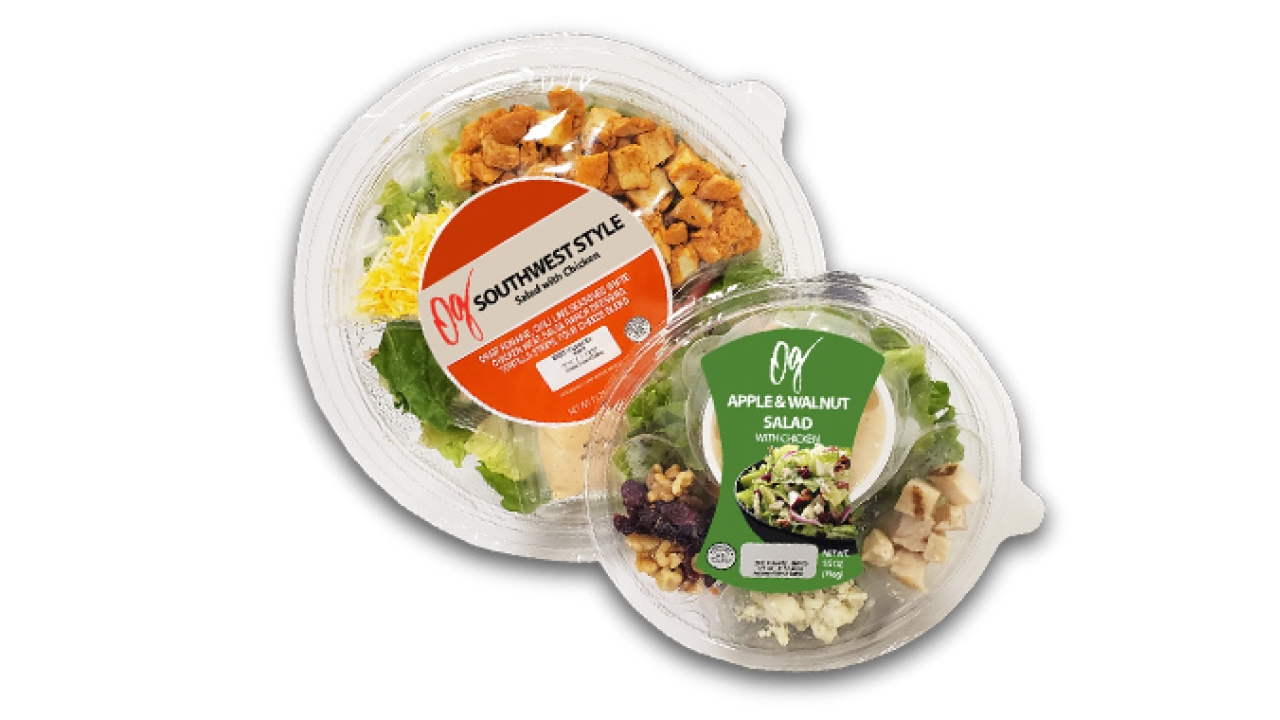Key packaging trends in post-Covid supply chain

None of us could have predicted the impact of Covid-19 on our global and local communities at the end of Q1 2020. Many questions linger within the packaging supply chain: Will Covid-19 change the mindset of consumers? Will sustainability continue to be on the forefront of innovation in packaging? Or will consumers be most concerned with getting the products they need when they need them, rather than how they're delivered?
Yet many of the answers are the same in a post Covid-19 supply chain environment: Millennials and Generation Z will continue to influence the direction of all packaging products. These influential consumers have established value for healthy, safe, wholesome foods and easy-to-use, sustainable packaging supplied by a company with an acute social conscience.
Single use containers
Before Covid-19 we all attended gatherings where a simple large bag of potato chips was placed on a table for everyone to grab from, and we all grabbed our potato chips without much concern. Now that we’re in the grips of Covid-19, would you willingly be the fourth or fifth person to grab chips from a bag? Not likely.
The impact of Covid-19 may actually end up emphasizing single-serving portions versus larger-volume packages. Consumers will become even more aware of the potential number of touchpoints of a given product, with concern that every touchpoint increases the possibility of exposure to a virus. Opening a single container, consuming the contents and recycling/reusing the container reduces the touchpoints thereby inherently reducing the potential of exposure.
The irony in this path is that the European Union applies a significant tax to single-use containers that becomes the responsibility of the producing company, not the consumer. There has been legislation introduced in the US to go down the same path, and with Covid-19 still a major concern, the perception of safety will drive consumer habits making it imperative for those single-serve products to be packaged in environmentally-friendly, recyclable, compostable or biodegradable packaging.
With the anticipated increase in single-use containers, simplifying the supply chain will become even more critical.
Shelf life
If consumers are looking for healthy food options in single-serve containers, the impact on store shelves, for those who still go to a brick-and-mortar store to shop, will be many more containers of products in smaller containers. And with an increased number of containers of products in the supply chain, keeping those products fresh and viable longer will be a critical component to seeing decreased spoilage rates.
The USDA estimates that 30 to 40 percent of the food produced in the US is lost to spoilage every year. Extending the viable life of a product through the supply chain can be done by employing barrier films and gas flushing to mitigate oxygen and moisture transfer for protein products, or by introducing micro-perforations to augment oxygen flow and respiration of leafy vegetables and fruits. In either case, dialing in the correct combination of packaging materials and barrier attributes plays a vital role in ensuring that products on shelf stay fresh and viable for longer.
Seeing a larger number of products on-shelf is one thing, but being able to keep those products fresher, longer, reduces a retailer's biggest nemesis—spoilage. Decreasing the amount of food that never makes it to the table delivers possibly the best story related to sustainability.
Recycling infrastructure
Another driver in a post-Covid US is that there will be increased pressure on the recycling industry to enhance infrastructure to successfully separate recyclable packaging. As noted in ‘The 4th R’ and as reported by National Geographic in 2019, of the 8.3 billion metric tons of plastic that has been produced all time, only 9 percent has been recycled. With the largest demographic groups in the US calling for environmentally friendly packages, and packaging suppliers going to great lengths and cost to supply environmentally friendly packages, the recycling industry must also bolster its ability to successfully return various flexible packaging materials into the recycle stream.
With fewer shoppers going to brick-and-mortar stores for in-store drop off creating a single stream of materials scenario, the need to increase the percentage of materials successfully reintroduced into recycled and recyclable products must come from curbside pickup—a multiple stream scenario. Because we’re eating out less and cooking in far more, our recycle bins are getting filled higher and faster with materials that need to be successfully returned into the supply chain and not a landfill. Executing this efficiently and cost-effectively will be the charge of the recycling industry as a whole and will play a critical role in fostering real and long-term sustainability.
In summary
The post Covid-19 packaging industry looks very similar to the packaging industry today. Those suppliers who are able to provide not only sustainable raw materials but drive sustainability through extended shelf life will be positioned for long-term growth. And the pandemic will hasten the need for the recycling industry to step up their game and deliver a greater percentage of ‘usable’ recycled materials to the supply chain.
Jim Woller is the market development manager, flexible packaging and folding carton at Outlook Group in Neenah, Wisconsin.
Stay up to date
Subscribe to the free Label News newsletter and receive the latest content every week. We'll never share your email address.

